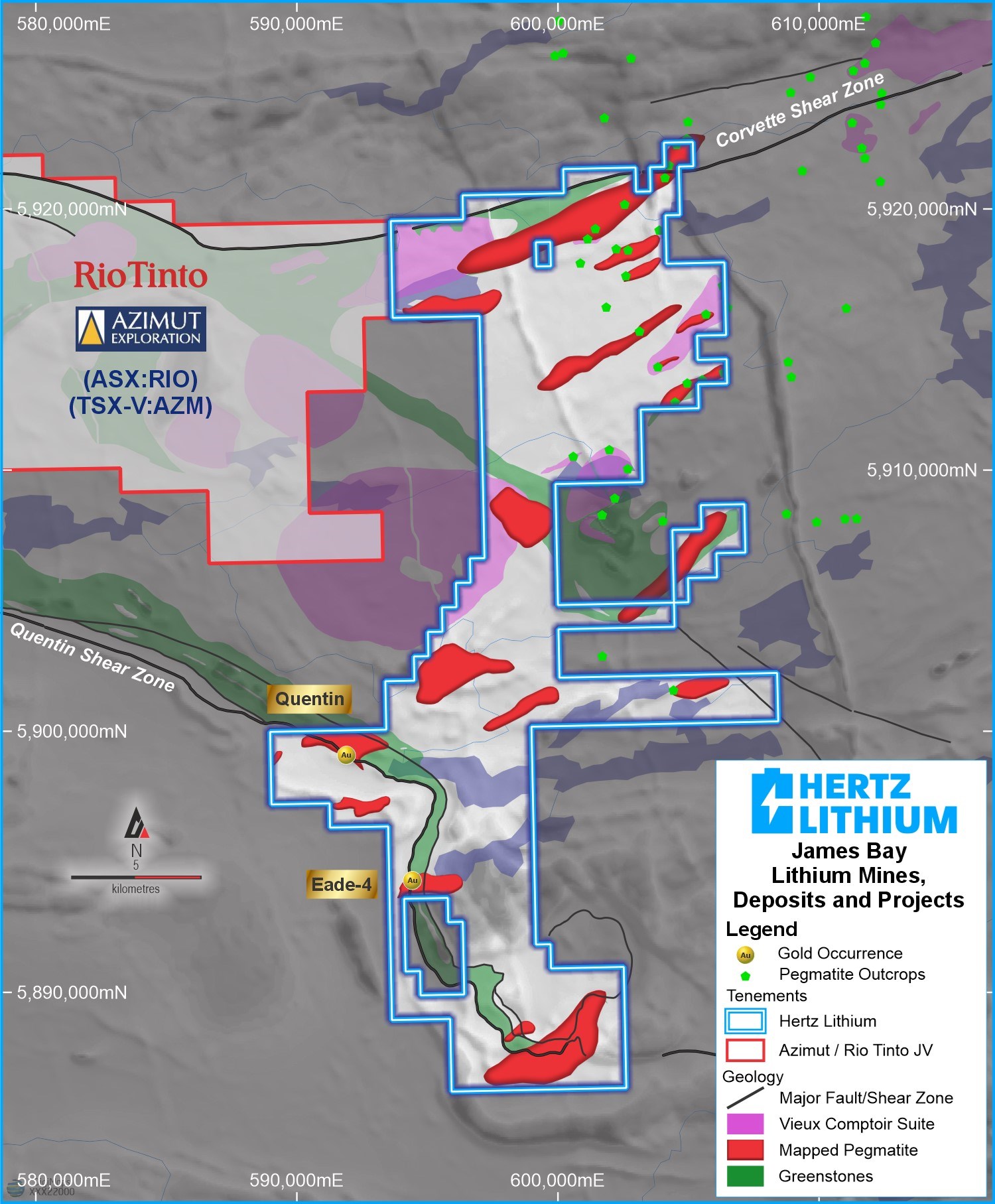The safety and environmental advantages of dual salt emulsions are gaining more attention from the mining sector as companies pursue more ambitious environmental, social and governance (ESG) goals, according to BME Global Product Manager, Dr Rakhi Pathak.
Pathak says dual salt emulsions have proven themselves as less harmful in terms of potential nitrate contamination and greenhouse gas emissions. At the same time, they can be transported long distances and pumped multiple times before use, while still delivering the improved performance benefits, including high energy in a blast.
Pathak was delivering a technical paper at the 7th Drill & Blast Down Under conference in Queensland, hosted by the Australian chapter of the International Society of Explosives Engineers. She outlined the concept and constituents of emulsion explosives, its advantages over ammonium nitrate-fuel oil (ANFO) and the different types of emulsions.
“In a single salt emulsion, only ammonium nitrate is used, whereas a dual salt emulsion could contain calcium nitrate or sodium nitrate,” she explained. “Urea is an organic compound which is also used in certain applications, such as reactive ground.”
She described methods of determining the quality of an emulsion through microscopy, where large droplets indicate that the emulsion is ageing and showing signs of crystallisation. While ammonium nitrate salt can promote crystallisation, the use of calcium nitrate – which has crystals that are more cubic in shape – can reduce the potential for crystallisation and considerably extend the life of the emulsion.
“Cold emulsion is manufactured at just 65ºC – considerably lower than the 85ºC used for single salt emulsion,” she said. “This has energy-saving benefits as less heat is required.”
The lower temperatures mean that the emulsion does not require much time for cooling before it can be delivered to customers, which provides for an added efficiency benefit in the manufacturing and supply chain processes. Single salt emulsions produced at higher temperatures require extensive cooling periods which limit handling and transportation on demand, according to Dr Pathak.

Mines are also increasingly concerned about harmful gases that could be emitted during blasts. Dr Pathak highlighted how a careful balance of the oxidiser – the ammonium nitrate and calcium nitrate – and the fuel in an emulsion is necessary to ensure only harmless gases are generated. Where the balance is not optimal, oxides of nitrogen (NOx) fumes can be created. These toxic fumes can affect not just miners, but even communities in the proximity of mines where open-pit blasting is conducted.
“The chemical composition of dual salt emulsions can be easily optimised to minimise the generation of harmful gases,” she said.
Another important benefit of dual salt emulsions was in mitigating the risk of nitrate contamination from explosives. Mining companies have become more sensitive to this, as nitrates can leach into water and land, creating significant compliance risk in terms of mines’ environmental impact. Dual salt emulsions contain much lower levels of nitrate, Dr Pathak explained, reducing any harmful impact on surface or ground water.
Addressing a commonly held belief that single salt emulsions deliver greater energy in a blast, she explored the evidence to show that there was little if any difference between single and double salt emulsions in this respect.
“We studied the data produced by various alternative single salt emulsion systems in the market and found that it was in fact very difficult to compare results – as the software used is not common across users,” she told delegates. “The most effective way to test is in the field, using different suppliers’ products in the same blasting conditions.”
She also spoke about the challenges of blasting in reactive ground, where explosives can degrade in the blast hole or even detonate prematurely. Having only half the ammonium nitrate of a single salt product, she said a dual salt emulsion is more resistant to reactive ground conditions.
“Adding to this resistance is used oil as a fuel agent in emulsion – as well as BME’s specialised emulsifier,” Dr Pathak said. “Using this emulsion with added urea, blasters gain a safe window to load and shoot.”
She noted that the quantity of urea also needs to be determined with scientific accuracy, as too much urea can reduce the energy of a blast. Based on lab testing, she showed that adding 7.5% urea to the emulsion would reduce its energy values by about 6%.
In summary, she explained that the chemical benefits of double salt emulsions included its stability, its resistance to crystallisation, its oxygen balance and its lower risk of nitrate leaching. A useful case study to demonstrate these factors was BME’s shipping of 4,000 t of emulsion to the island of St Helena for use in a major civil engineering project. The emulsion faced up to 10 pumping cycles, extended periods of transportation on road and sea, and varied climatic conditions.
“Even after enduring these conditions, the product performed on site in line with customer expectations,” Dr Pathak concluded. “This showed that a double salt emulsion explosive can enhance the productivity of mining operations, including other sectors, while delivering the environmental benefits that miners are looking for.”




